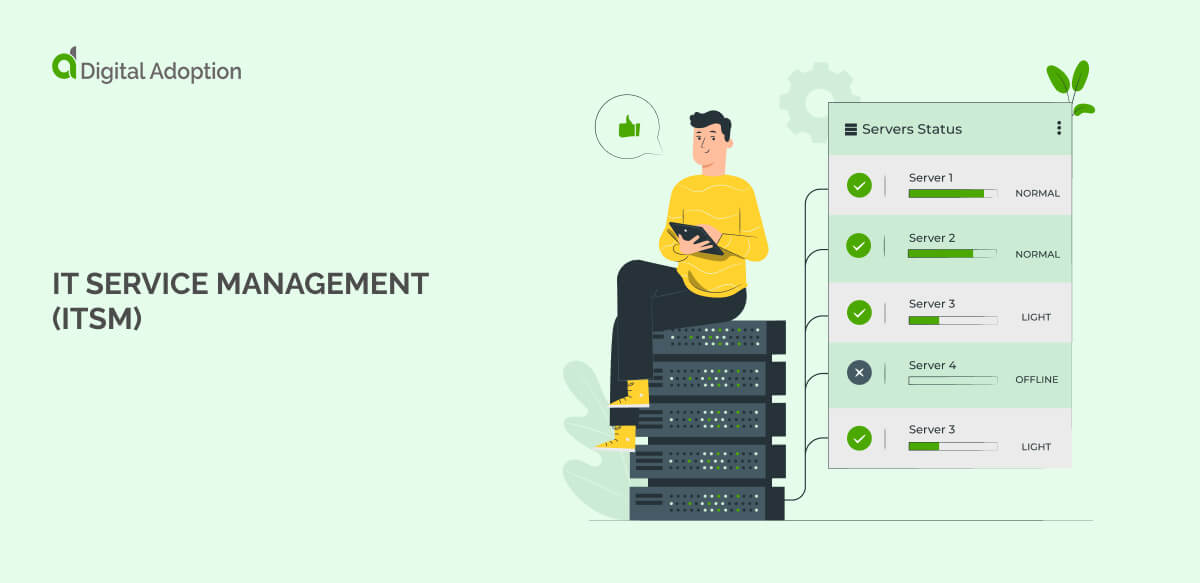What is IT Service Management (ITSM)?
IT Service Management (ITSM) is the way businesses manage their IT services to keep everything running smoothly. It helps make sure technology supports business needs and operates without problems. The framework also helps teams work together better through a clear IT department structure that everyone understands.
ITSM uses specific steps to handle issues, requests, and changes in IT. These steps ensure that everything is done clearly and organized.
Several important ITSM processes exist, such as incident management, which focuses on fixing problems quickly, and problem management, which looks for ways to prevent issues from happening again. Change management helps manage updates to IT systems, while service request management deals with user requests like software or hardware needs.
Many businesses follow ITIL (Information Technology Infrastructure Library), a guide for providing consistent and effective IT services. This helps keep IT running smoothly throughout the business.

